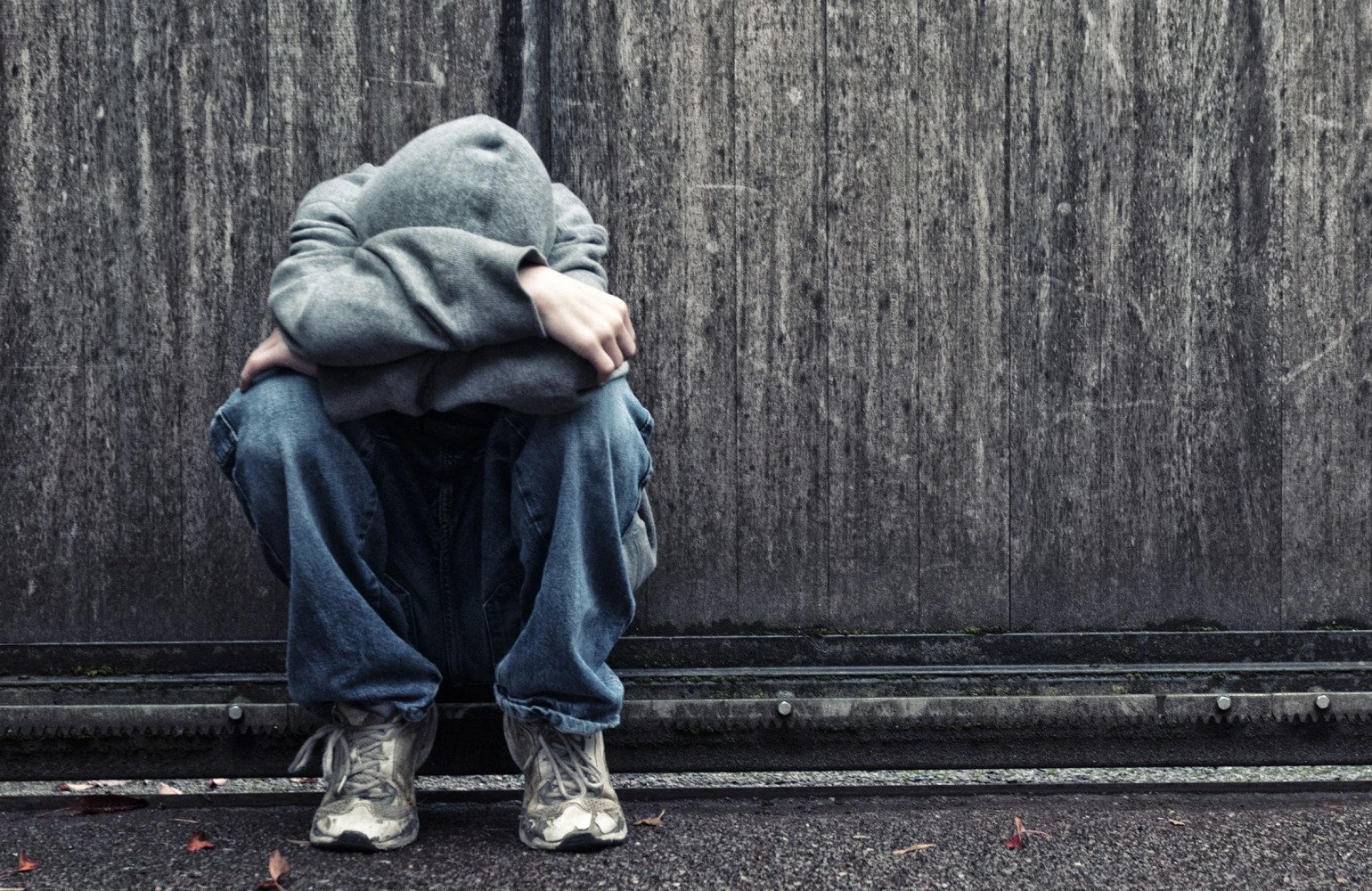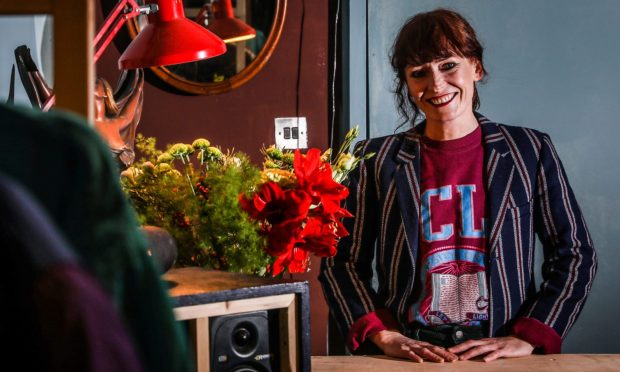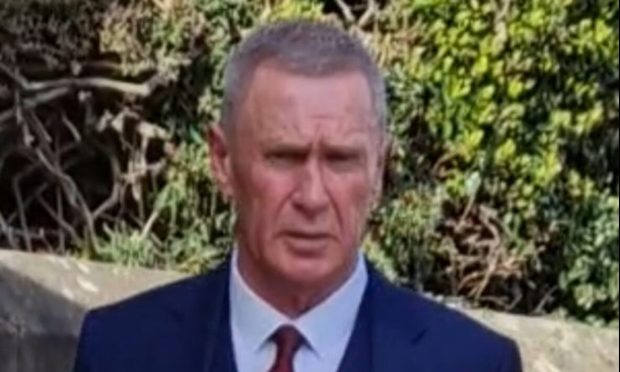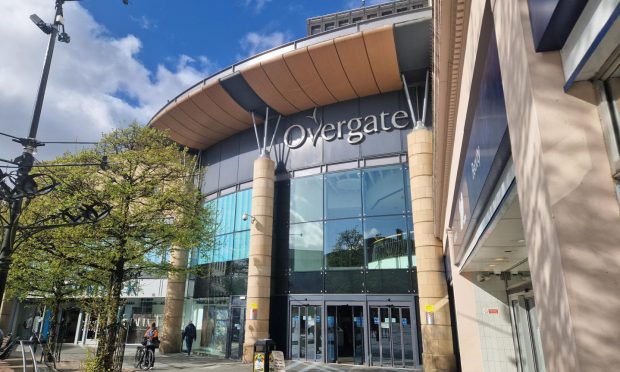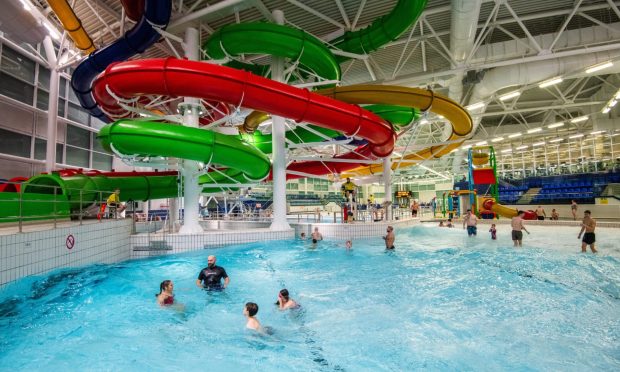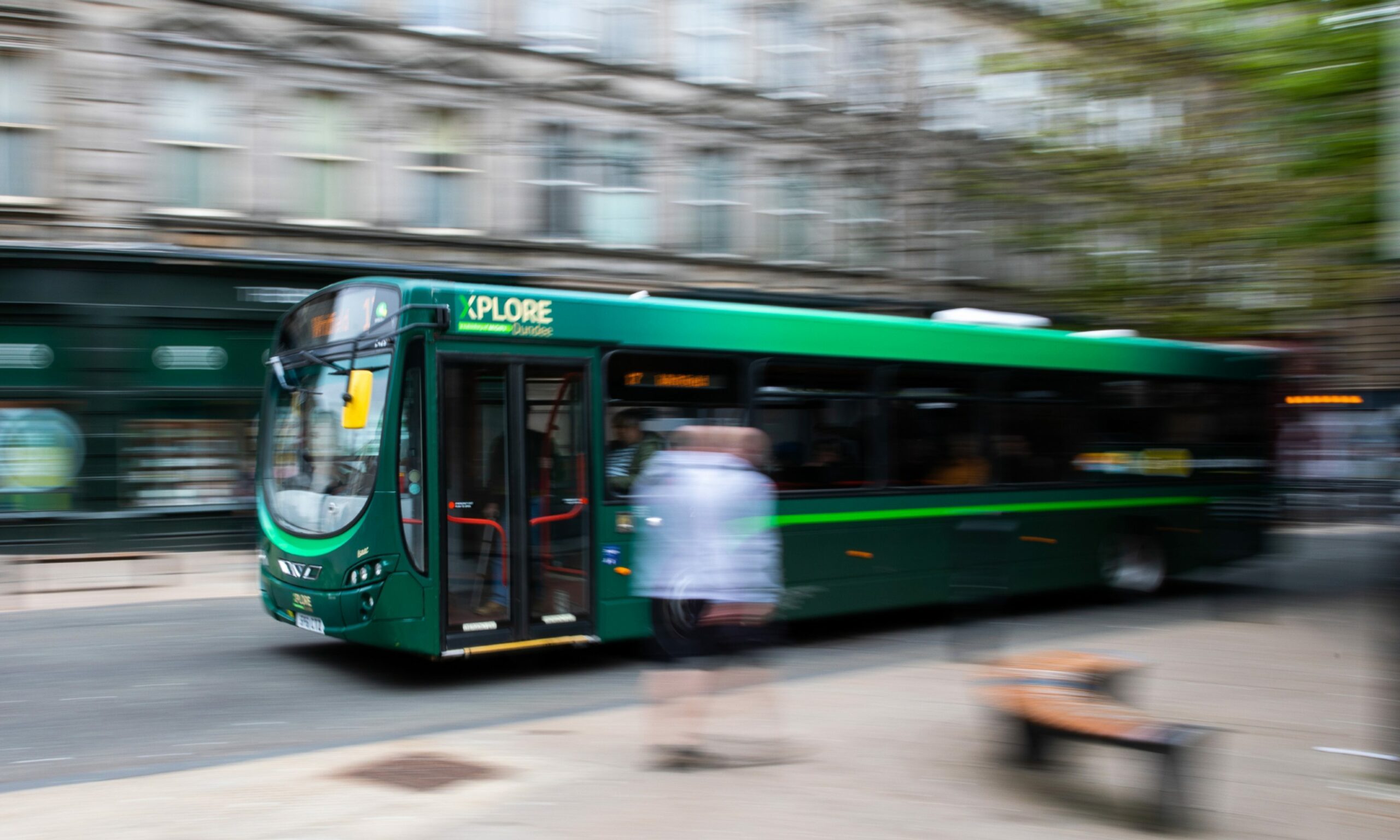Dundee’s proportion of homeless people sleeping rough before approaching the council for help is double the national average, Scottish Government figures show.
Eight percent of people who formally approached the council as homeless had slept rough the night before in the city in 2015/16.
This was the highest in Scotland, matched only by Aberdeen.
Scotland as a whole had a rate of 4%, down from 6% in 2014/15.
The figures relate to how people were living the night before they sought help from their local authority.
Fife was fifth highest, at just under 6%, while Perth & Kinross and Angus sat in the middle of the table.
Jon Sparkes, chief executive of Crisis, a homeless charity, said: “Scotland has made considerable progress in the fight against homelessness, and these figures continue to show improvement, both in the number of people formally seeking help and the proportion who slept rough the night before.
“Despite the extension of rights, homelessness is increasingly visible on the streets of Scotland’s cities. There is no room for complacency, which is why we’re calling for a more robust, proactive approach to prevention and for Scottish Government to develop a strategic approach to homelessness across government that mitigates recent cuts to local authority budgets and social security.”
Councillor John Alexander, convener of neighbourhood services, argued the council was tackling the issue.
He said: “These figures relate to those who are at risk of rough sleeping as well as those that are currently rough sleeping – therefore, Dundee does not have a major problem with the issue.
“We have maintained vacant units throughout the year in order to react to situations as they arise and have never reached capacity, so there is no reason for anyone to be rough sleeping as we have the accommodation available right now.
“Rough sleeping is checked on a daily basis in the city and the last rough sleeper to be located by patrols was in March 2016 and they were provided with advice and access to temporary accommodation.
“We are aware of 2 rough sleepers who have both been offered services but have so far refused – this is entirely their choice and we work to support individuals in this situation. We do not want anyone to suffer this hardship.
“There is often confusion over street begging and rough sleeping and I would emphasise that the vast majority, if not all street beggars, do have a roof over their heads and are not sleeping rough.
“Between 2008/9 and 2014/16 the overall number of homeless presentations has reduced from 2,578 to 1,439 and across all other headings, we have seen the numbers continually decline.”
Nationwide, there was a 4% drop in the overall number of applications received by local authorities year-on-year.
The number of applications fell in 22 of Scotland’s 32 local authorities.
